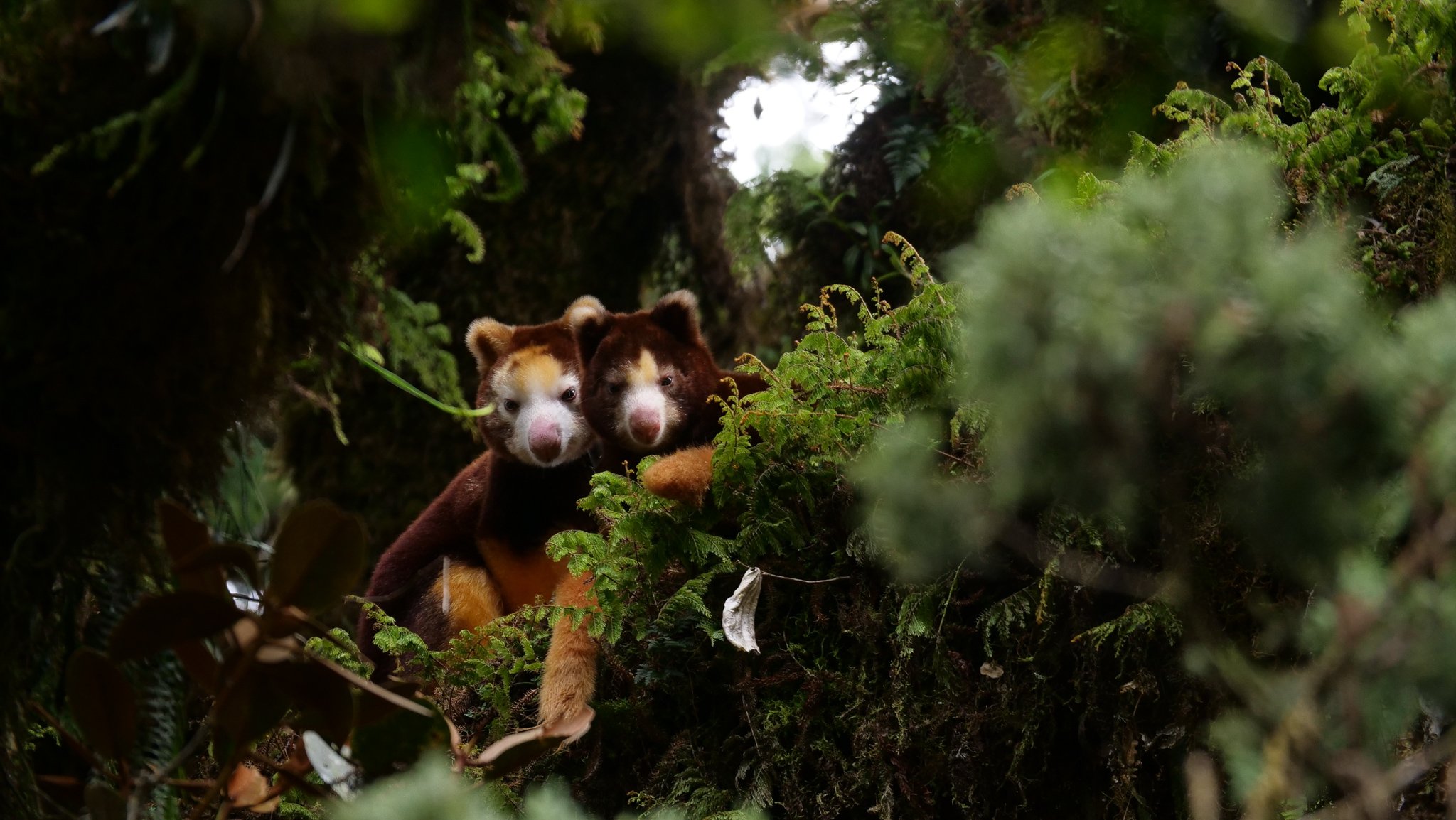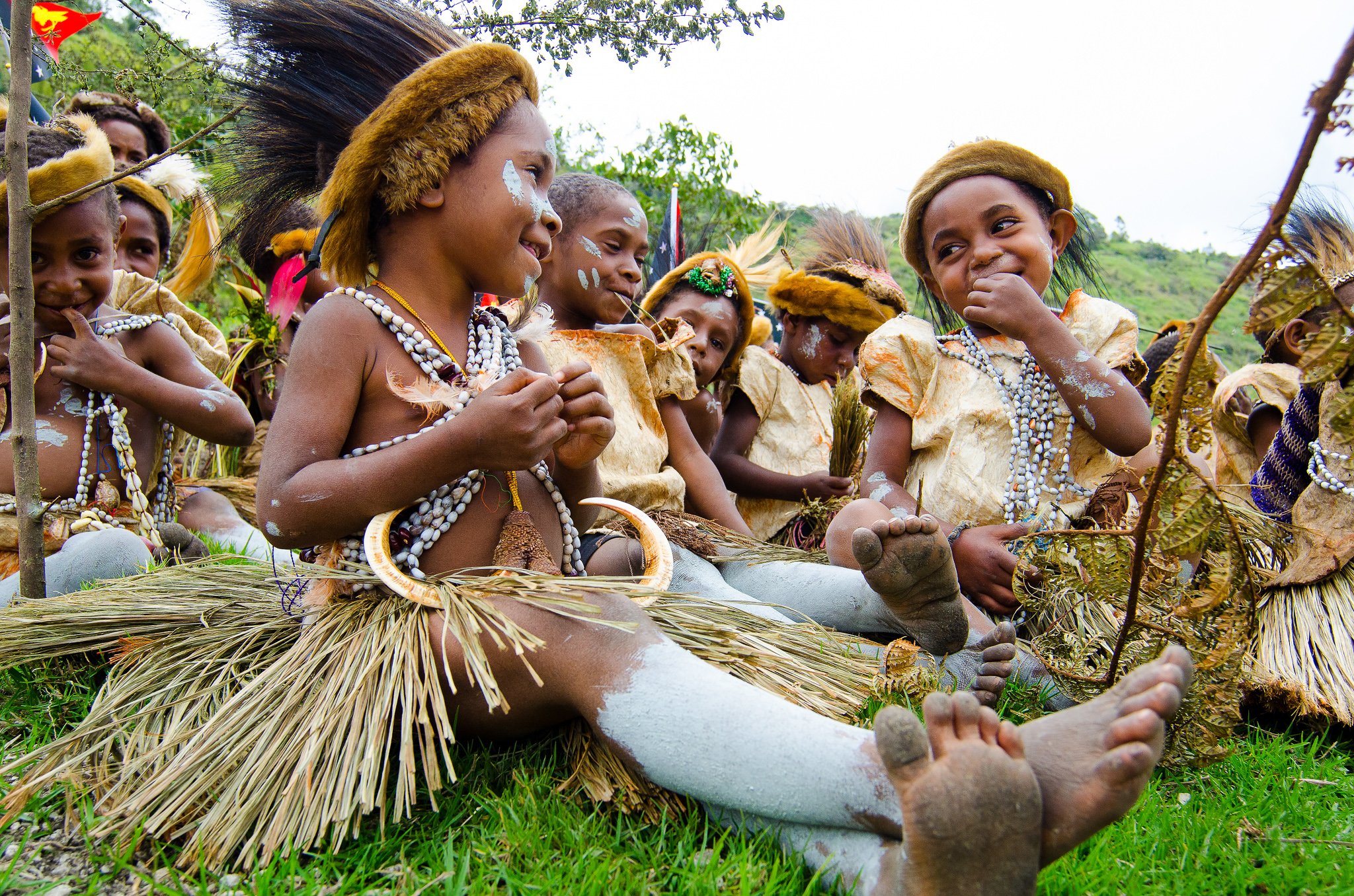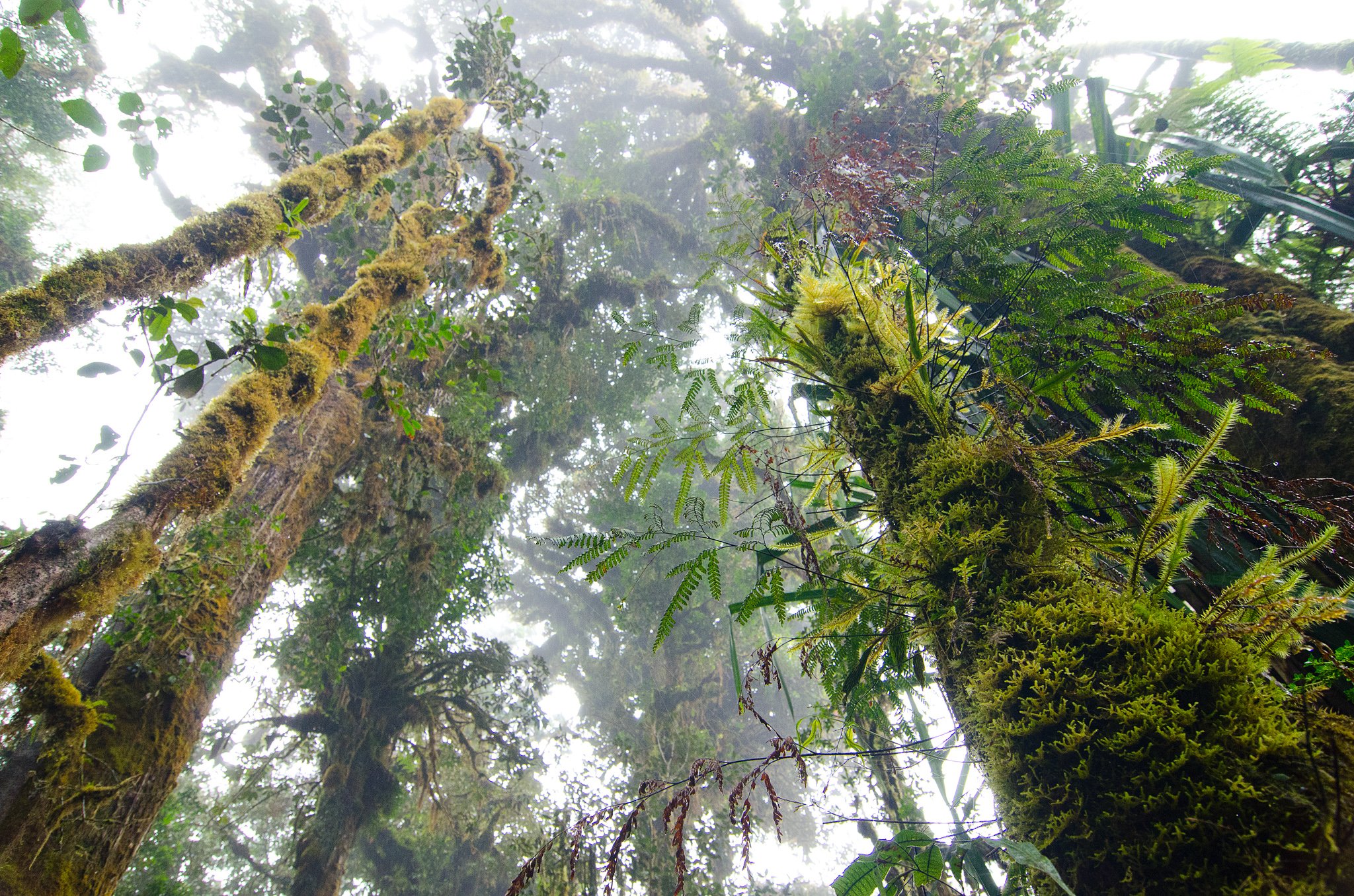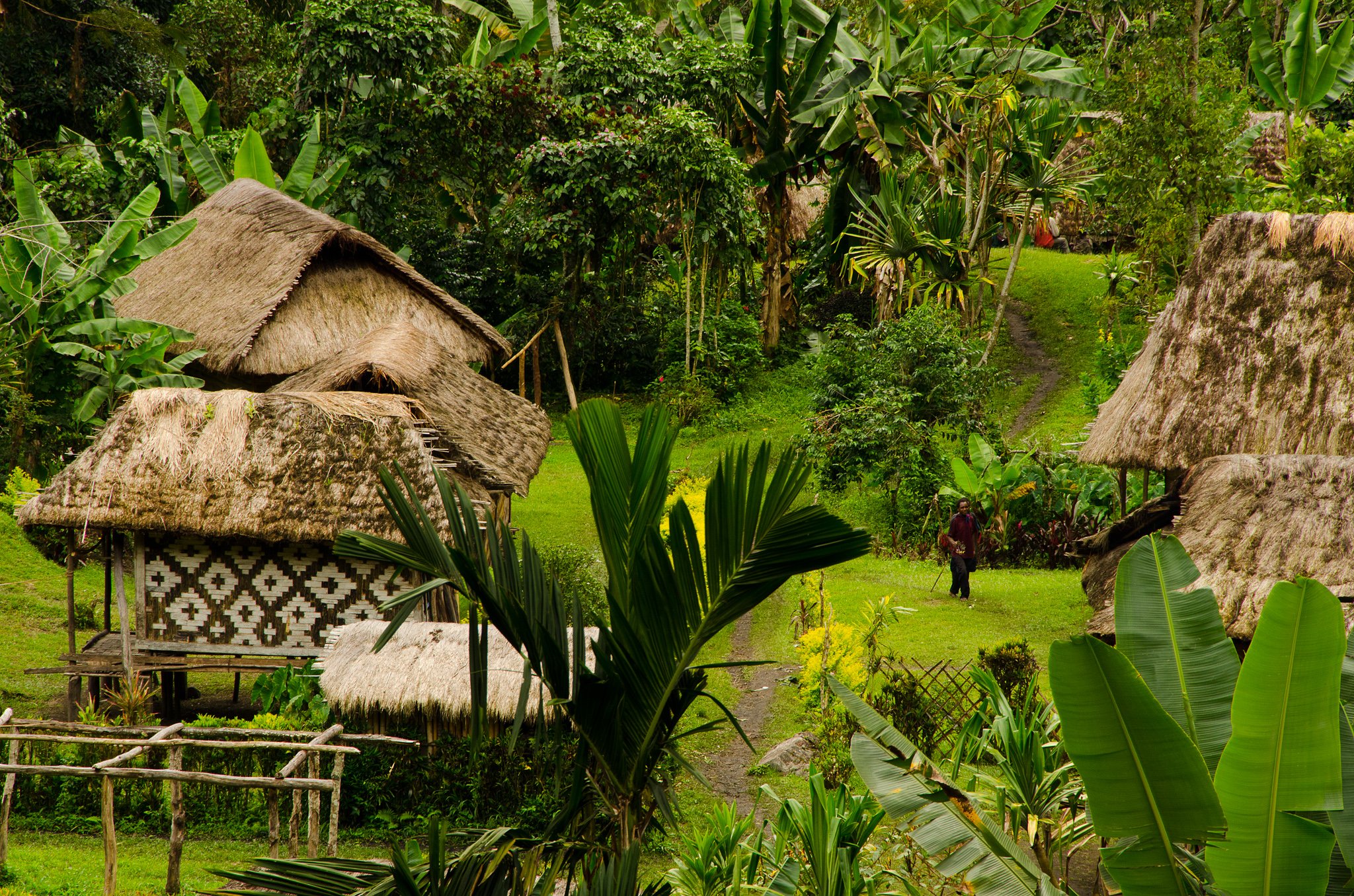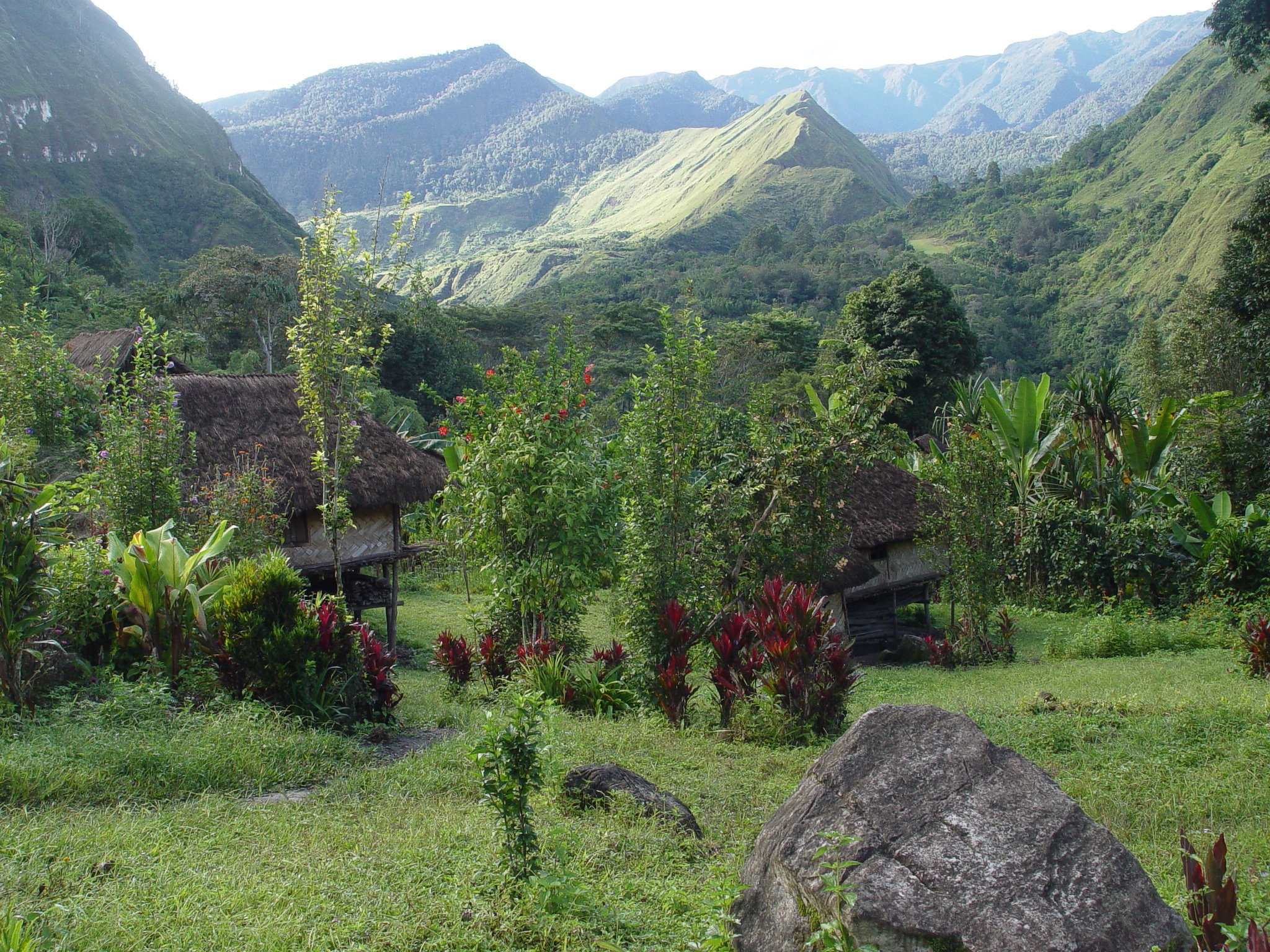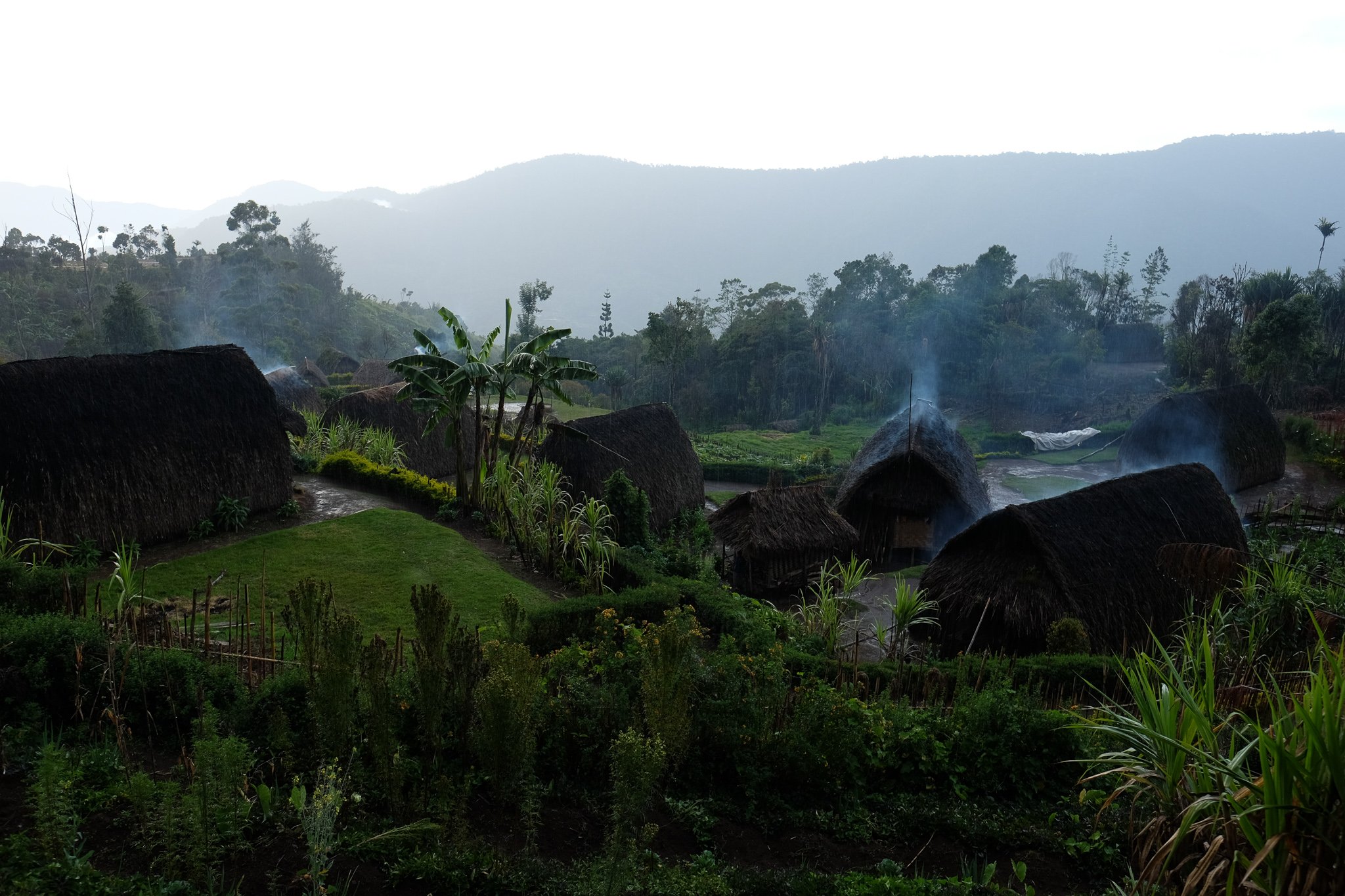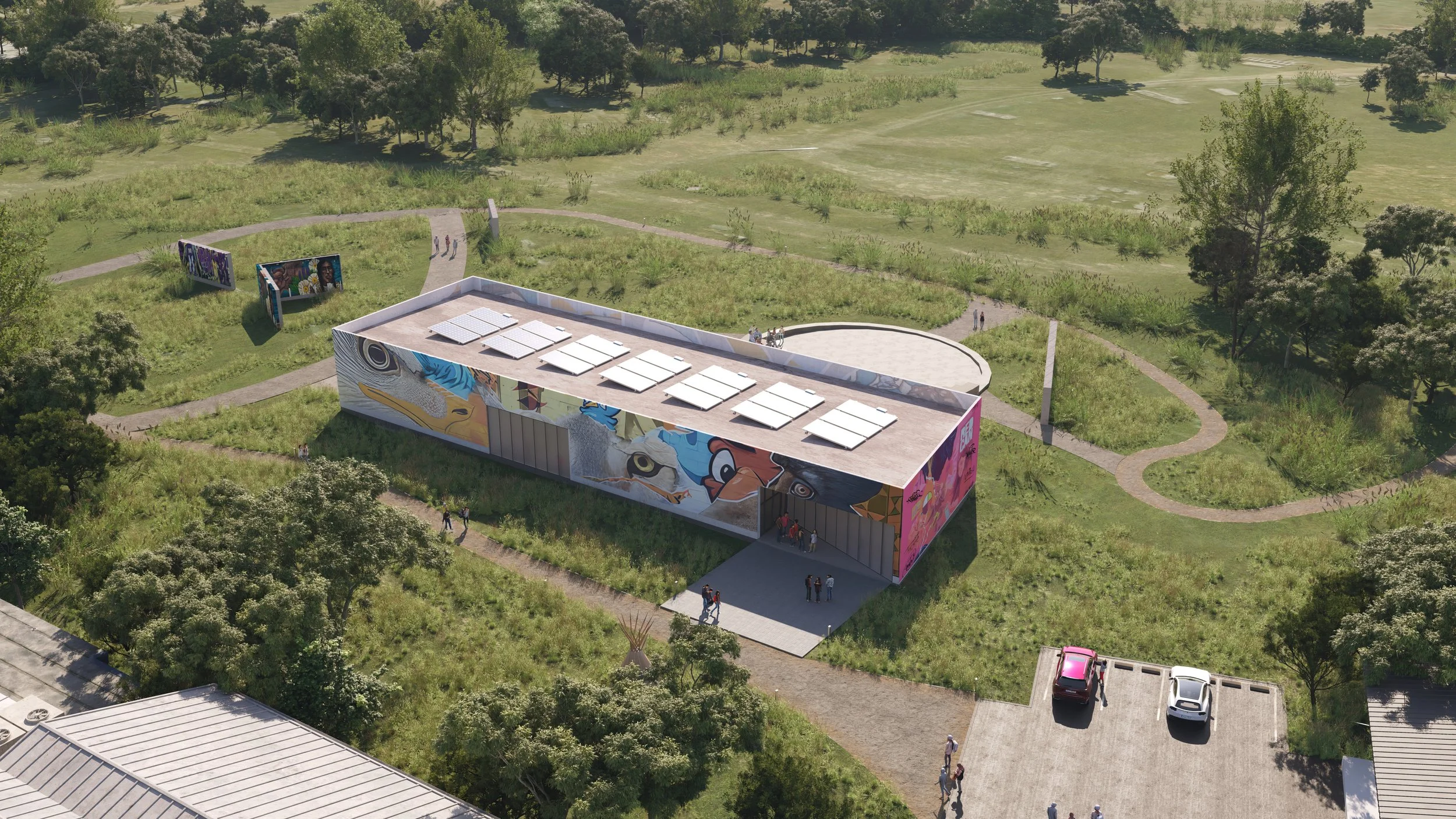Impact Spotlight
Combatting deforestation through reduced firewood consumption in more than 3,000 homes
Supporting the conservation of 400,000 acres of cloud rainforest
Enabling solar-powered coffee processing, improving value, profitability, and sustainability for Indigenous families
About
Located on Papua New Guinea's Huon Peninsula, the 162,683-hectare Yopno-Uruwa-Som (YUS) Conservation Area is the first protected area of its type in Papua New Guinea, owned and managed by the area's indigenous clans.
The area is home to about 15,000 people living in 50 remote mountain villages, as well as immense biodiversity, including endangered and endemic species like the Matschie's tree kangaroo, birds of paradise, and the long-beaked echidna. For more than 25 years, the Tree Kangaroo Conservation Program (TKCP) has partnered with the YUS communities, providing technical and operational assistance for the effective, sustainable management of the YUS landscape and its natural resources.
Solar electrification has long been a top priority for local communities, given the area's remoteness and lack of access to grid power.
“Solar lighting has brought improvement to many aspects of our life. Teachers are seeing improved student performance because they can study at home. We are better organized as a community because we can meet in the evening when more people can participate. We’re seeing increased community involvement in local conservation efforts, and fewer protected area bylaw violations. We look forward to seeing these benefits reaching more villages across YUS!”
HF Partnership
In 2022, HF and TKCP worked together to provide solar lighting systems to 28 villages across the YUS Conservation Area, improving health and productivity and reducing dependence on firewood in 1,350 homes.
In 2025, HF has launched a multi-year partnership with TKCP to provide solar lighting for an additional 3,000 homes among an additional 35 villages and hamlets. The initiative will also support improved livelihoods, health, and education services throughout YUS with the installation of standalone solar power generators in public schools, health centers, and community-owned coffee processing facilities.
Resources
In the News


